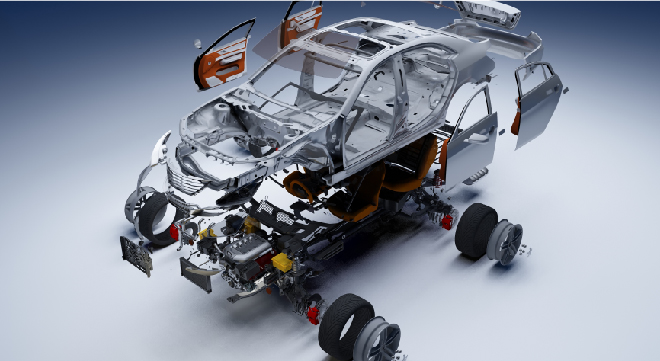The non-life insurance sector in South Africa, more commonly known as the short-term insurance industry, has arguably experienced its most challenging three years. Although provision was made for possible disasters such as fire and flooding, there were several unexpected events that turned the industry upside down.
The Global Claims Review, conducted by Allianz Global Corporate & Specialty (AGCS), examines developments in corporate insurance claims and highlights the top causes of loss for companies, as well as other emerging trends to watch.
“Businesses must navigate an increasingly complex risk landscape. As well as having to combat the threat posed by natural catastrophes and man-made hazards, companies must deal with the demands of a less forgiving regulatory and legal environment, emerging risks posed by our growing reliance on technology and, of course, the challenges that issues such as the Ukraine conflict and rising inflation bring. All these factors can combine to impair successful running of operations. Insurers have a vital role to play in ensuring any disruption following a loss event is minimized.“
South Africa certainly had its share of catastrophes originating from natural, political and socio-economic sources.
The Allianz report notes: “South Africa experienced three major claims events in the past three years. Covid-19 business interruption following the nationwide hard lockdown, as well as civil unrest and flooding. It’s no surprise to see fire, natural catastrophe, storm and water damage accounting for the majority of the value of all claims in the country.”
Read: Top causes of business insurance claims in South Africa
Motor claims
While the Allianz report highlights the impact of unforeseen events as outlined above, and their impact on claims, it is important to look at what is happening on the motor front. During lockdown, the number of claims dwindled substantially, but other factors came into play, as highlighted by Santam in a recent circular to its stakeholders.
“Over the past three years, the motor industry has experienced many challenges globally, with the demand and supply of motor vehicles, related parts and services being affected. The Covid-19 lockdown in South Africa brought the demand for motor vehicles and parts to a complete halt, while on the supplier side, the ability to supply vehicle and parts into South Africa was very limited. Logistics services remain limited, and the cost for these very limited services has increased over 500% in the last two years.
“We, unfortunately, find ourselves in a very unique situation in South Africa, whereby Covid-19, the back order of obtaining new vehicle models, the war between Ukraine and Russia and then the recent floods in KwaZulu-Natal, causing significant damage to major vehicle manufacturing plants.
“Internationally, Covid-19 lockdown measures in China and Taiwan, two major vehicle component manufacturing countries, will put further supply constraints to the motor industry. Stock holding amongst all vehicle original equipment manufacturers (OEMs) and dealerships has decreased and thus the parts availability has reduced from 98% to under 80% in some instances. Although we have seen improvement to above 90%, there remains a lot of volatility in the supply chain across all vehicle brands.”
This, in turn, had a major impact on the rest of the economy. The tourism industry, for example, took an undeserved image battering when the country’s gates opened to a world desperate to escape the confinement caused by the pandemic’s restrictions. The sudden influx of tourists caught airports and car rental agencies, among others, on the wrong foot.
“Santam’s claims and procurement teams are engaging various industry stakeholders, including vehicle OEM, OEM parts dealerships, certified aftermarket parts suppliers, green (second-hand) part suppliers and motor body repair associations, to find solutions to assist Santam clients.”
The cost of replacement parts plays a major role in the profit margins of many motor manufacturers. The more expensive makes of motor cars unashamedly charge exorbitant fees. “If they can afford to buy our cars, they can afford paying through their noses for spare parts,” seems to be the mantra. This is probably a trick learnt from manufacturers of printing equipment that sells for a song, but the cost of cartridges hums a different tune altogether.
At the lower end of the market, the trick is to produce “units”. If your stop light packs up, you cannot replace the globe; you must replace the whole unit, at a substantially higher fee.
Ironically, few cars really need brand-new replacement parts. It makes sense to support the euphemistically named “green” suppliers to bring costs down for everyone in the industry.
Santam’s closing comment is a wake-up call to all of us:
“We therefore kindly request your assistance in managing the client expectations and service levels, as the supply constraint will affect all vehicle types, car, LDV, and heavy vehicles, and all OEM brands.”
Perhaps including a sweetener in the form of a lower premium in exchange for agreeing to having “pre-owned” parts fitted might sway the deal?




